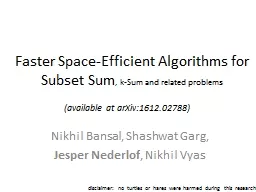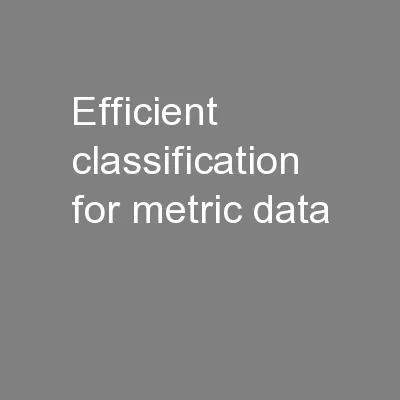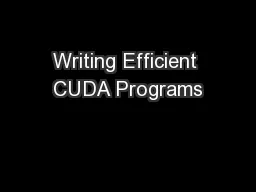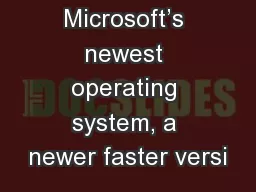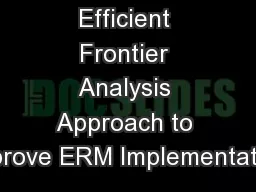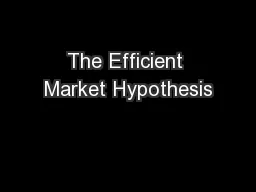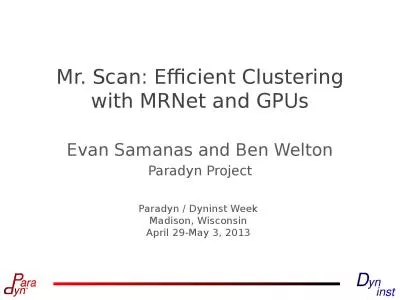PPT-Faster Space-Efficient
Author : trish-goza | Published Date : 2018-10-02
Algorithms for Subset Sum kSum and related problems Nikhil Bansal Shashwat Garg Jesper Nederlof Nikhil Vyas available at arXiv161202788 disclaimer no turtles
Presentation Embed Code
Download Presentation
Download Presentation The PPT/PDF document "Faster Space-Efficient" is the property of its rightful owner. Permission is granted to download and print the materials on this website for personal, non-commercial use only, and to display it on your personal computer provided you do not modify the materials and that you retain all copyright notices contained in the materials. By downloading content from our website, you accept the terms of this agreement.
Faster Space-Efficient: Transcript
Download Rules Of Document
"Faster Space-Efficient"The content belongs to its owner. You may download and print it for personal use, without modification, and keep all copyright notices. By downloading, you agree to these terms.
Related Documents

